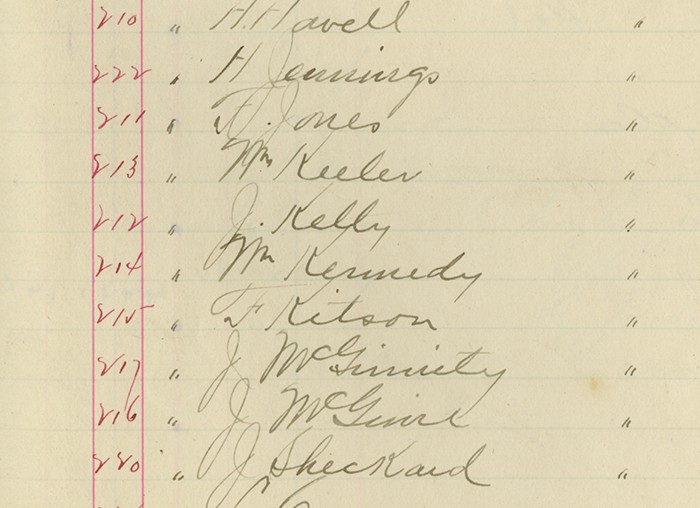An Undiscovered Treasure Trove for Income
Post on: 7 Май, 2015 No Comment

About
The Federal Reserve’s announcement last week implementing a third round of quantitative easing got a lot of investor attention and had a huge impact on stock markets worldwide. In the shadow of that major news, the part of the announcement that stated the Fed’s intention to extend its low-interest-rate policy from 2014 to mid-2015 went largely without comment.
But with savers struggling to meet their income needs, the Fed’s insistence on keeping interest rates low has created a huge cash flow crisis. Many investors have given up on fixed-income investments and instead are turning to dividend-paying stocks to meet their income needs, with aggressive investors even betting against bonds using ProShares UltraShort 20+ Year Treasury ( NYS: TBT ) and similar leveraged ETF plays. But there’s a little-known segment of the global bond market that’s rapidly getting more attention from cash-starved income-seeking investors.
Most people understand that different countries use different currencies and maintain their own monetary policy. But even in the U.S. where bond markets don’t have the same well-developed infrastructure that stock markets do, many individual investors have traditionally steered clear of individual bond issues. Without a readily available option to buy individual foreign bonds — even in highly liquid sovereign debt markets — the fact that those bonds are available doesn’t even cross many investors’ minds.
Yet foreign bonds have a number of intriguing characteristics in the current economic environment. Although many governments, including Japan, Germany, and Canada, have similarly low rates to offer bond investors, you can find much higher rates in a handful of others. That’s why it pays to look at foreign bond markets as prospective investments.
The question, though, is how best to get access. The rapidly expanding universe of exchange-traded and closed-end funds provides some promising alternatives.
Closed-end funds are under the radar for many investors, but you’ll find some of the oldest and best-established foreign bond investment options there. For instance, Templeton Global Income ( NYS: GIM ) invests in a wide variety of mostly government bonds, with particular emphasis on South Korea, Poland, Australia, and Brazil.
You can also get more specialized exposure from closed-ends. As its name suggests, Aberdeen Asia-Pacific Income ( NYS: FAX ) invests in securities from the western end of the Pacific, with a mix of government and corporate bonds. Australian bonds make up more than 40% of its assets, and Australia’s relatively high rates support its dividend yield of 5.3%. Part of those returns come from the closed-end’s use of leverage, which seeks to capitalize on spreads between short- and long-term rates.
Even in closed-ends, the income crunch is having an impact. Templeton Global Income cut its monthly distribution for the first time in a decade this month, but even after the cut, the closed-end still yields about 4.5%. More important, both closed-ends trade at only minor premiums to their net asset value, which is a welcome change to conditions earlier this year, when premiums were much higher.
You’ll also find many newer funds among the ETF ranks that give investors exposure to foreign bonds. Many of the recently released ones have built on the emerging-market investing theme by giving investors bonds issued by emerging-market governments. WisdomTree Emerging Markets Local Debt ( NYS: ELD ). for instance, has a reasonable mix of bonds, with 40% from the Asian region, 30% from Latin America, and about 30% from the joint region of Europe, the Middle East, and Africa. The ETF carries a current SEC-determined yield approaching 4%.
The iShares USD Emerging Markets Bond ETF ( NYS: EMB ) has a similar set of bonds, with Brazil, Russia, and Mexico leading the holdings list. The difference here, though, is that the bonds are denominated in U.S. dollars, bringing the yield down somewhat to 3.6%.

Foreign bonds aren’t without risk. In addition to the usual risks that come from interest rate changes and credit quality, many foreign bonds also have currency risk. So if the U.S. dollar strengthens, the dollar value of your bond may fall. But that has a corresponding benefit when the dollar weakens.
Even with the risks, foreign bonds are worth looking into. Just as a domestic stock portfolio can benefit from some foreign exposure, broadening your scope in picking bonds can reveal some amazing opportunities.
Bonds are important and can be lucrative ways to generate income, but dividend stocks also deserve a place in most investors’ portfolios. Look no further than the Fool’s popular special report highlighting nine dividend paying stocks to secure your future. This report is free to you for a limited time, so click here to claim your investing edge.
Fool contributor Dan Caplinger likes treasure of all kinds. You can follow him on Twitter @DanCaplinger. He doesn’t own shares of the companies mentioned in this article. Motley Fool newsletter services have recommended writing puts on ProShares UltraShort 20+ Year Treasury. Try any of our Foolish newsletter services free for 30 days. We Fools may not all hold the same opinions, but we all believe that considering a diverse range of insights makes us better investors. The Fool’s disclosure policy is like unburied treasure.
Copyright © 1995 — 2012 The Motley Fool, LLC. All rights reserved. The Motley Fool has a disclosure policy .














